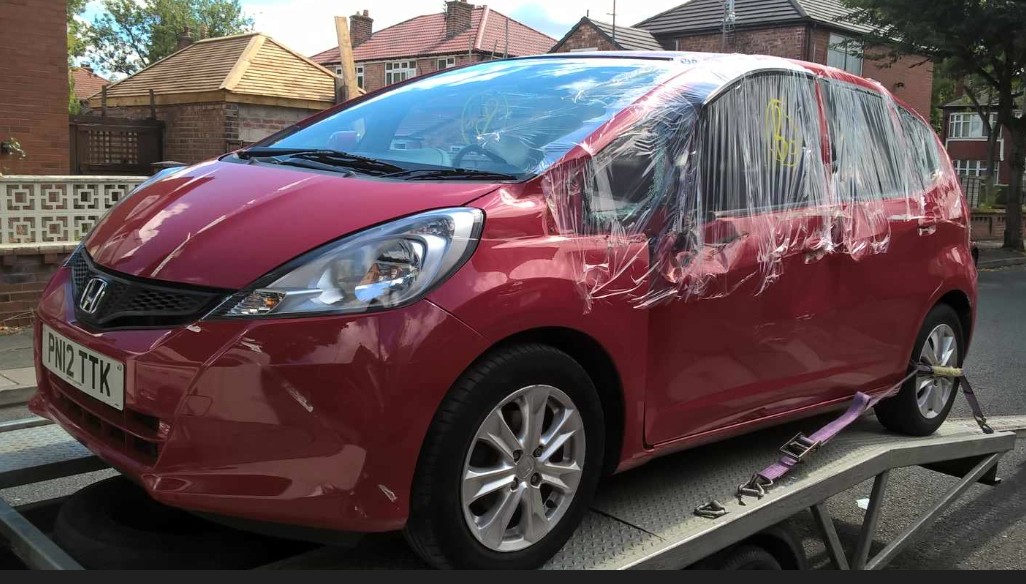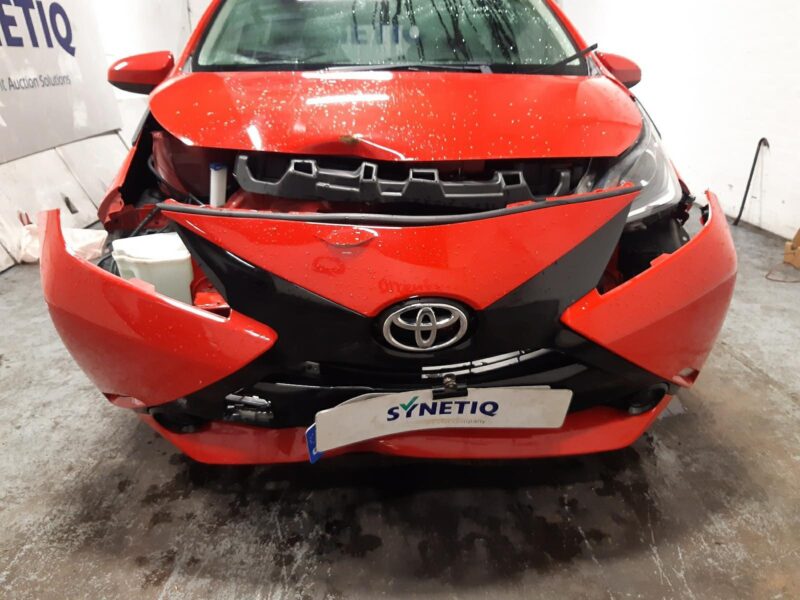Why is it done?
All cars sold in the UK have to undergo an official emissions test under EU law. This is to ensure they meet the latest emissions standards, as set by the European Commission, before they can be sold to the consumer.
The latest emissions standard is Euro-6 – and all new cars registered in the EU from 1 September 2015 are required to meet this standard. A range of emissions is tested, including carbon monoxide, particulate matter, hydrocarbons and nitrogen oxides (NOx).
What is the test?
It is a laboratory test, which ensures consistency and absolute comparability from one vehicle to another. The vehicle is put onto a ‘rolling road’ and fitted with equipment to measure emissions. The vehicle will then perform a standardised drive cycle known as the New European Drive Cycle (NEDC) – which contains set acceleration/deceleration levels, and replicates different driving conditions.
If the vehicle emits levels of pollutants lower than the limits set for the Euro-6 standard, it will receive a Euro-6 approval certificate, meaning the vehicle can be sold.
What are the conditions of the test?
The test is carried out in a controlled temperature of 20-30 degrees centigrade, and the car must be calibrated to the specification as sold to the customer.
All of the vehicle’s components must be present and cannot be tampered with. For example, the alternator belt must be intact and the brakes must function fully to pass testing. The vehicle will be checked to ensure it has the same tyre pressures, fluid levels and components as it would have on the road.
Who carries out the test?
The test is carried out in a government-approved test facility, with a government-appointed independent witness (see below).
Who governs the test?
The EU test operates in strict conditions and is witnessed by a government-appointed independent approval agency. In the UK, this is the Vehicle Certification Agency, which is responsible to the Department for Transport.
How old is the test?
The current test dates back to 1996.
What is the difference between the EU test and the US test?
In the US, the official tests are carried out by the manufacturer and not witnessed by an independent third-party as they are in the EU. The results are submitted to the US Environmental Protection Agency (EPA), which decides whether to accept them or test the vehicle itself.
The emissions limits set in the US tests are different from those in the EU. The conditions of the test in the US – in other words, the driving cycle – are also different to those in the EU.
Can a ‘defeat device’ be used in the EU tests?
No. This is illegal under EU law, as set out in EC Regulation 715/2007.
Are emissions regulations changing?
Yes. The next stage of EU emissions standards will incorporate real-world driving. The industry is seeking agreement from the European Commission for a new emissions test that embraces new testing technologies and which is more representative of on-road conditions.
Motoview editorial
Clearly, the emissions test in the UK is due an overhaul to provide a greater degree of transparency and accuracy regarding gas output as well as mpg results. Sadly, it took the VW scandal for us to realise this.
SMMT press release distributed by Newspress
Editorial by Sotiris Vassiliou
September 2015




